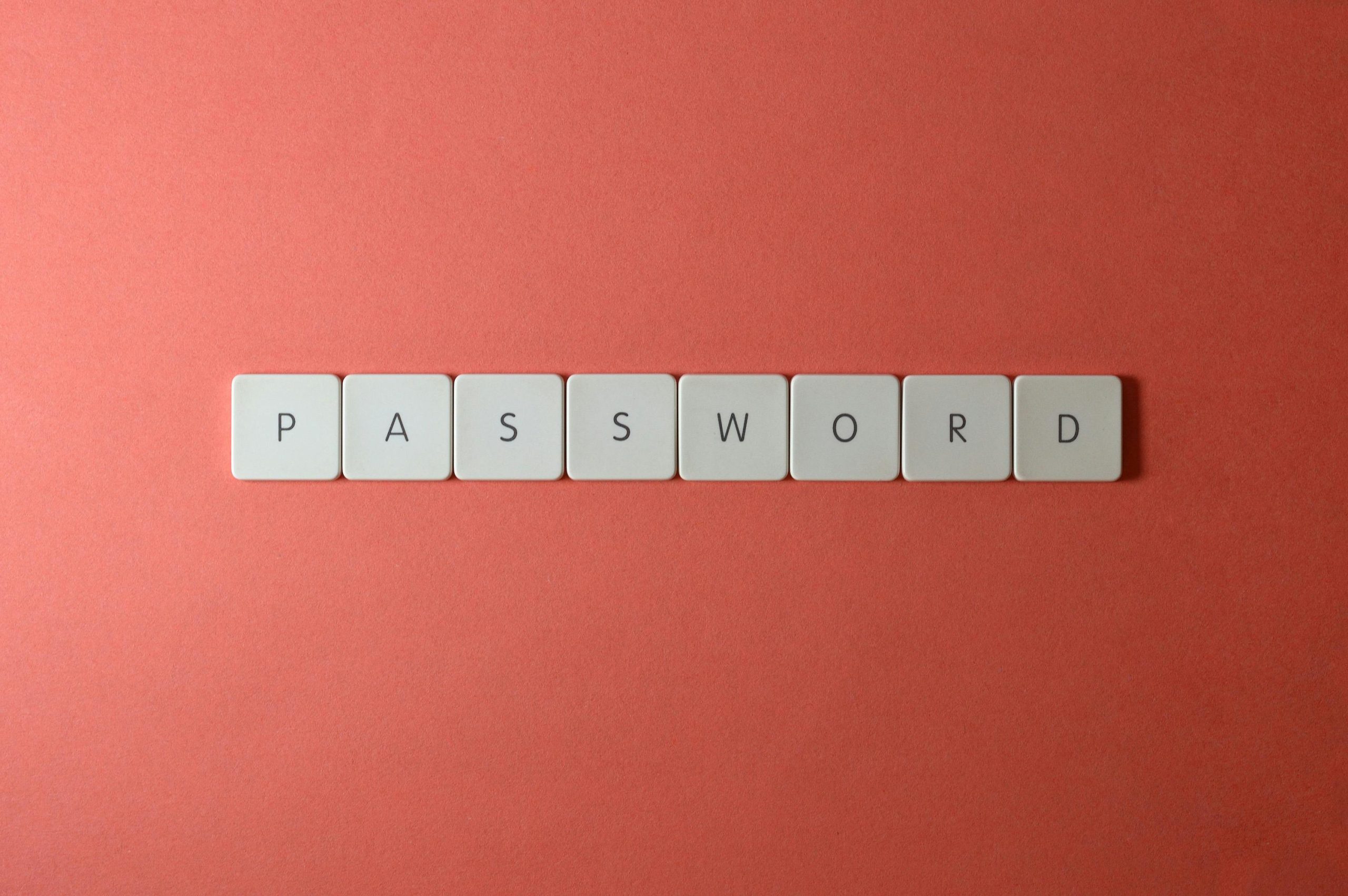In today’s digital age, hospitals face increasing cybersecurity threats that can compromise sensitive patient data and disrupt critical healthcare services. Secure access control systems are essential for protecting hospital IT networks from unauthorized access, ensuring compliance with regulations like HIPAA, and maintaining operational efficiency. By implementing robust access control measures, healthcare organizations can safeguard their networks while enabling seamless workflows for authorized personnel.
Why Secure Access Control is Critical for Hospital IT Networks
Hospital IT networks store vast amounts of sensitive data, including patient records, financial information, and research data. A breach could lead to identity theft, financial losses, or even endanger patient lives. Secure access control systems help mitigate these risks by:
- Preventing unauthorized access to confidential patient records and critical systems.
- Ensuring compliance with healthcare regulations like HIPAA, GDPR, and HITRUST.
- Reducing insider threats by limiting access based on roles and responsibilities.
- Enhancing audit capabilities by tracking user activity and access attempts.
Without proper access controls, hospitals risk data breaches, ransomware attacks, and operational disruptions that can compromise patient care.
Key Components of a Secure Access Control System
An effective access control system for hospital IT networks should incorporate multiple layers of security to prevent unauthorized entry while allowing seamless access for authorized users. Essential components include:
Multi-Factor Authentication (MFA)
MFA adds an extra layer of security by requiring users to verify their identity through multiple methods, such as passwords, biometric scans, or one-time codes. This reduces the risk of credential theft and unauthorized access.
Role-Based Access Control (RBAC)
RBAC ensures that employees only have access to the systems and data necessary for their roles. For example, a nurse may access patient records but not financial systems, while an administrator may have broader access with additional oversight.
Network Segmentation
Dividing the hospital network into isolated segments limits the spread of cyber threats. Critical systems like electronic health records (EHR) should be separated from guest networks and less secure devices.
Continuous Monitoring and Logging
Real-time monitoring and detailed logs help detect suspicious activity, allowing IT teams to respond quickly to potential breaches. Automated alerts can flag unusual login attempts or unauthorized access.
Best Practices for Implementing Secure Access Control
To maximize security, hospitals should follow these best practices when deploying access control systems:
- Conduct regular access reviews to ensure employees only have necessary permissions, especially after role changes or departures.
- Enforce strong password policies requiring complex, frequently updated passwords.
- Use encryption for all sensitive data, both in transit and at rest.
- Train staff on cybersecurity awareness to prevent phishing attacks and social engineering exploits.
- Implement Zero Trust principles by verifying every access request, regardless of origin.
By adopting these measures, hospitals can significantly reduce vulnerabilities and improve overall network security.
Challenges and Solutions in Hospital Access Control
While secure access control is essential, hospitals often face unique challenges in implementation:
Balancing Security and Accessibility
Healthcare professionals need quick access to patient data in emergencies, but strict security measures can create delays. Solutions include context-aware access controls that adjust permissions based on urgency and location.
Managing Third-Party Vendors
Many hospitals rely on external vendors for IT services, increasing the risk of breaches. Implementing strict vendor access policies and requiring MFA for all third-party logins can mitigate this risk.
Legacy System Integration
Older medical devices and systems may lack modern security features. Hospitals should segment these devices and apply additional monitoring to prevent exploitation.
Conclusion
Secure access control is a cornerstone of hospital IT security, protecting sensitive data while ensuring compliance and operational efficiency. By implementing multi-factor authentication, role-based access, network segmentation, and continuous monitoring, healthcare organizations can defend against cyber threats. Regular staff training and adherence to best practices further strengthen defenses. As cyber risks evolve, hospitals must remain proactive in updating their access control strategies to safeguard patient care and trust.
